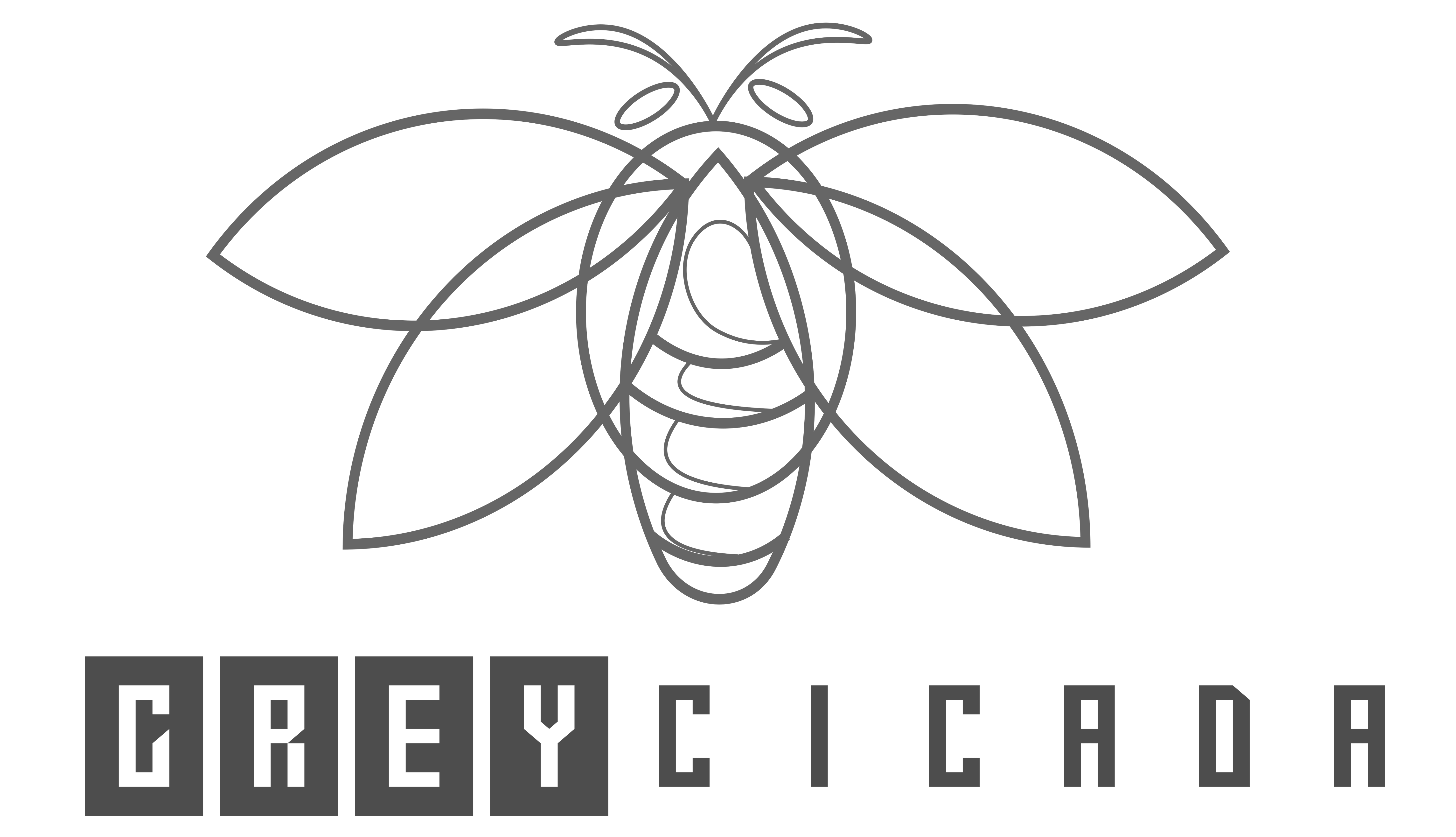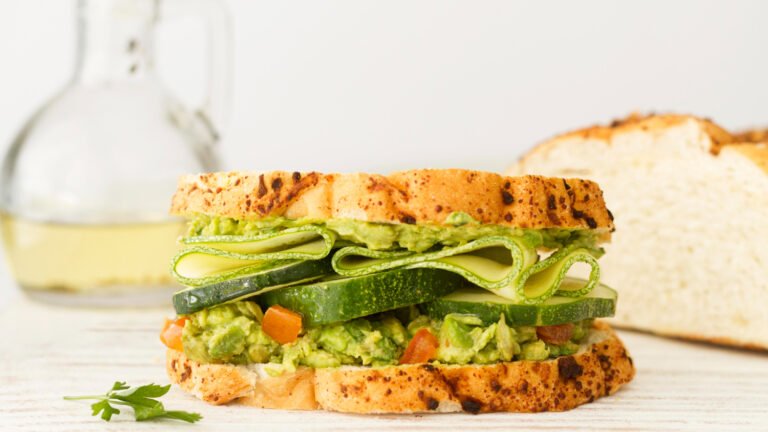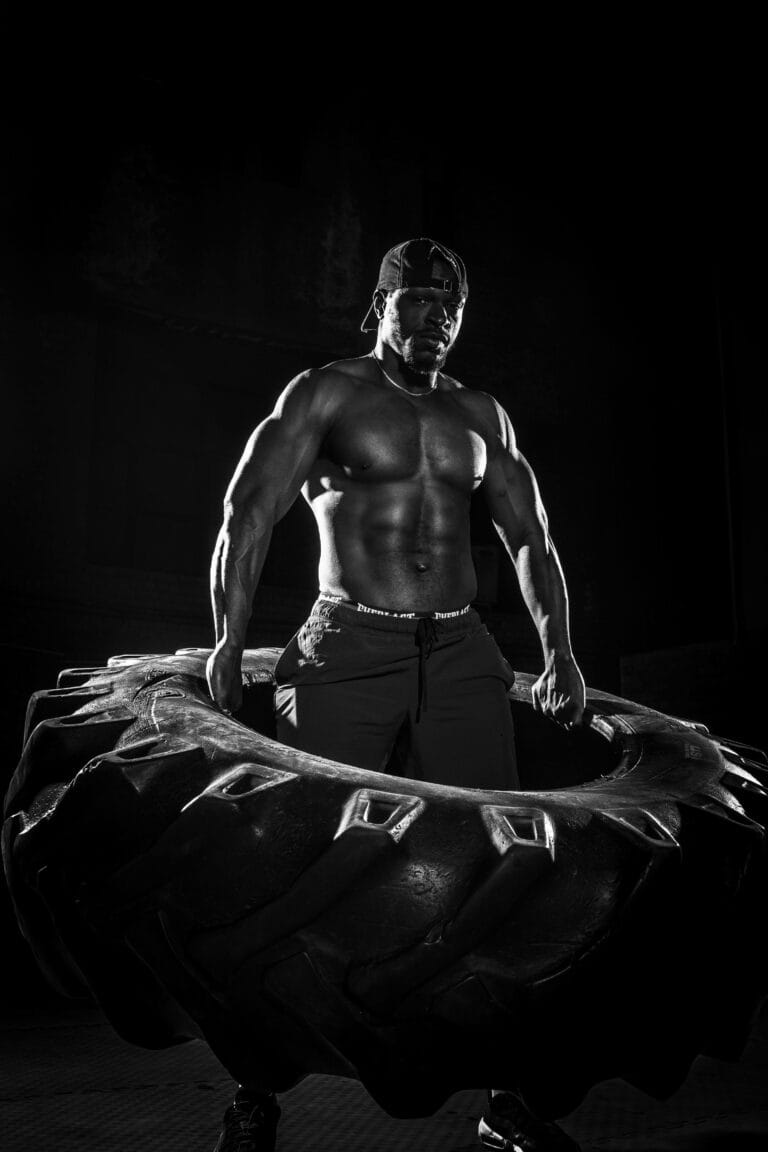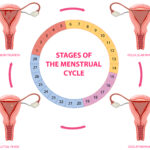FREE SHIPPING OVER $50
Protein vs. Strength Training: What Really Builds Muscle After 50, According to Science
Once you cross the age-50 threshold, building muscle becomes a little more nuanced. The same strategies that worked in your 20s or 30s don’t always deliver results anymore. Naturally, the debate bubbles up: What’s more important—protein or strength training? The truth is, both matter, but the science offers a clear hierarchy and some surprising insights.
Let’s break down why this combination matters, what the science says, and how to apply it for the best results.
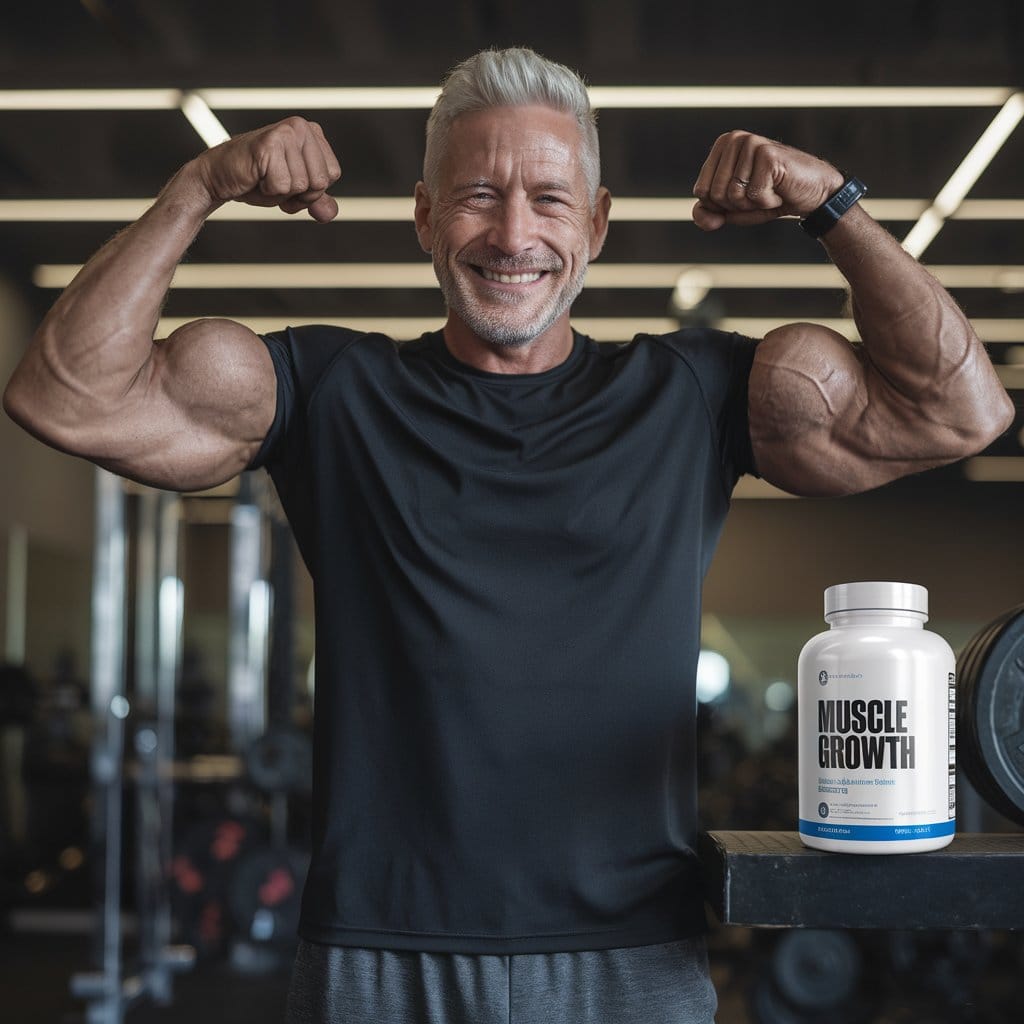
The Realities of Muscle Loss After 50
Muscle loss after 50 isn’t just a myth—it’s a medically recognized condition called sarcopenia, and it starts affecting people as early as their 40s. On average, adults lose 3–8% of muscle mass per decade after 30, and this rate accelerates with age.
Why does this matter? Less muscle means slower metabolism, lower strength, higher risk of falls, and a general dip in quality of life. But the good news is—it’s reversible. Muscle can still grow, but your strategy needs to be smart and intentional.
Why Strength Training Takes the Lead
Strength training is the #1 muscle builder—especially after 50.
Here’s why: strength training triggers muscle protein synthesis (MPS), the process that allows your muscles to rebuild and grow after stress. This signal becomes weaker with age, which means you need a stronger stimulus (like lifting weights) to spark growth.
Plus, resistance training also:
- Boosts testosterone and growth hormone levels (even in older adults)
- Improves insulin sensitivity
- Increases bone density
- Enhances coordination and balance
Studies show that older adults who engage in regular resistance training not only gain muscle but also improve mobility and live longer.
The Supporting Role of Protein
That said, protein is essential—but it’s not the driver, it’s the fuel.
Think of protein like bricks. If strength training is the construction crew breaking down and rebuilding your house, protein is the material they need to actually build. Without it, no matter how much training you do, your body won’t have the raw tools to repair and grow.
According to current recommendations, older adults need more protein than younger people—often around 1.2–2.0 grams per kilogram of body weight daily—to counteract anabolic resistance (the body’s reduced ability to build muscle with age).
Choose high-quality sources like:
- Lean meats and poultry
- Eggs
- Greek yogurt
- Plant-based proteins like tofu, legumes, and quinoa
- Whey or plant-based protein powders (for convenience)
Timing and Distribution Matter
Here’s something most people overlook: it’s not just how much protein you eat, but when you eat it.
Instead of cramming all your protein into one meal (which is common), aim to distribute it across the day, especially around workouts. Also, consuming protein within an hour post-workout can amplify muscle protein synthesis, giving your muscles exactly what they need when they’re primed for growth.
What the Science Really Says
Numerous studies have looked at how strength training and protein affect aging muscles. The consistent takeaway?
- Strength training alone builds muscle.
- Protein alone maintains muscle.
- Together, they’re exponentially more effective.
For example, a 2021 review published in BMC Geriatrics showed that older adults combining resistance training with protein intake saw significantly greater muscle gains than those who relied on protein alone.
In simple terms: you need both—but if you had to choose only one, strength training wins.
Mistakes to Avoid When Trying to Build Muscle After 50
Here are a few pitfalls that can stall your progress, even with the best intentions:
- Focusing only on cardio: While walking and cycling are great for heart health, they don’t stimulate muscle growth the same way lifting weights or resistance bands do.
- Undereating protein: Many older adults eat less protein as appetite declines with age, which accelerates muscle loss.
- Skipping rest: Recovery becomes even more critical with age. Muscles grow between workouts, not during them.
- Sticking to light weights: Challenge is key. You don’t need to lift like a bodybuilder, but you do need to feel resistance.
Best Practices for Muscle Growth After 50
Here’s a blueprint to build muscle effectively beyond 50:
- Lift 2–4 times per week: Focus on compound movements like squats, rows, push-ups, and resistance band work.
- Eat protein at every meal: Spread intake evenly—don’t save it all for dinner.
- Stay consistent: Muscle building takes time. You won’t see results overnight, but they’ll come.
- Prioritize sleep and recovery: Growth happens during rest. Don’t skimp on downtime.
- Stay hydrated: Dehydration can impair performance and recovery, especially in older adults.
Final Thoughts
There’s no need to choose between protein and strength training. It’s not a competition—it’s a partnership. After 50, your body responds differently than it did at 25, but muscle growth is still absolutely possible.
Just remember: training tells your body what to do, and protein gives it the tools to do it. Ignore one, and you’re leaving gains on the table. But combine them, and you’ll not only build muscle—you’ll build a stronger, more resilient future.
Related Articles
- Stretch These 10 Ways Daily and You’ll Feel Younger at 40 Than You Did at 30
- Reverse Aging Naturally: 9 Daily Habits That Take 8 Years Off Your Biological Clock
- Want a Younger Brain? Science Says This Workout Combo Beats Crosswords
- How This 60-Year-Old Defied Aging and Feels 30 Every Day
- I Slashed My Metabolic Age by 18 Years After 50—Here’s Exactly How You Can Too
